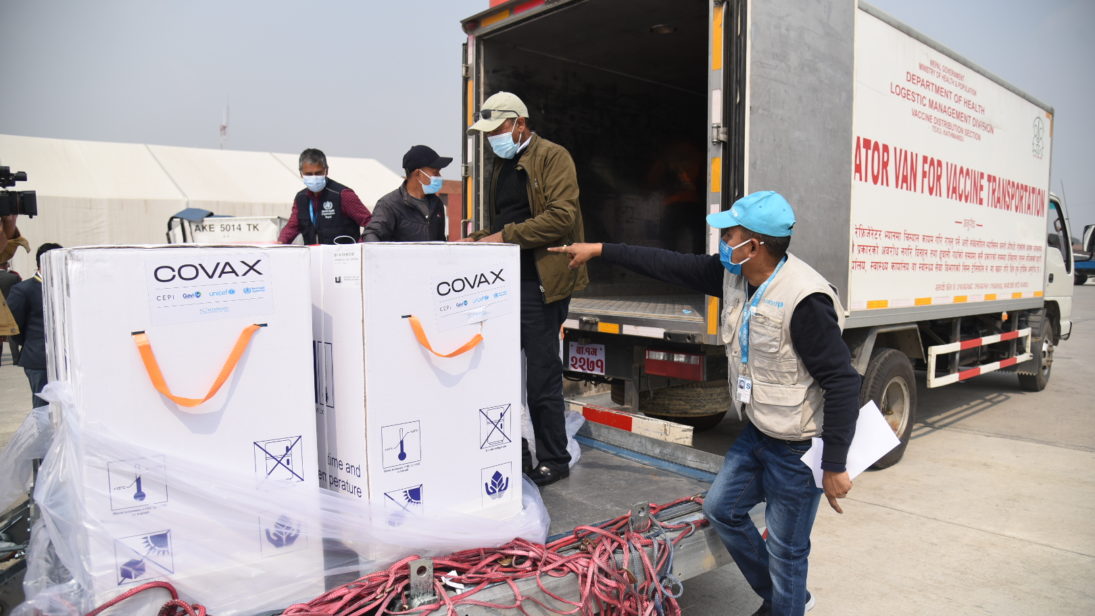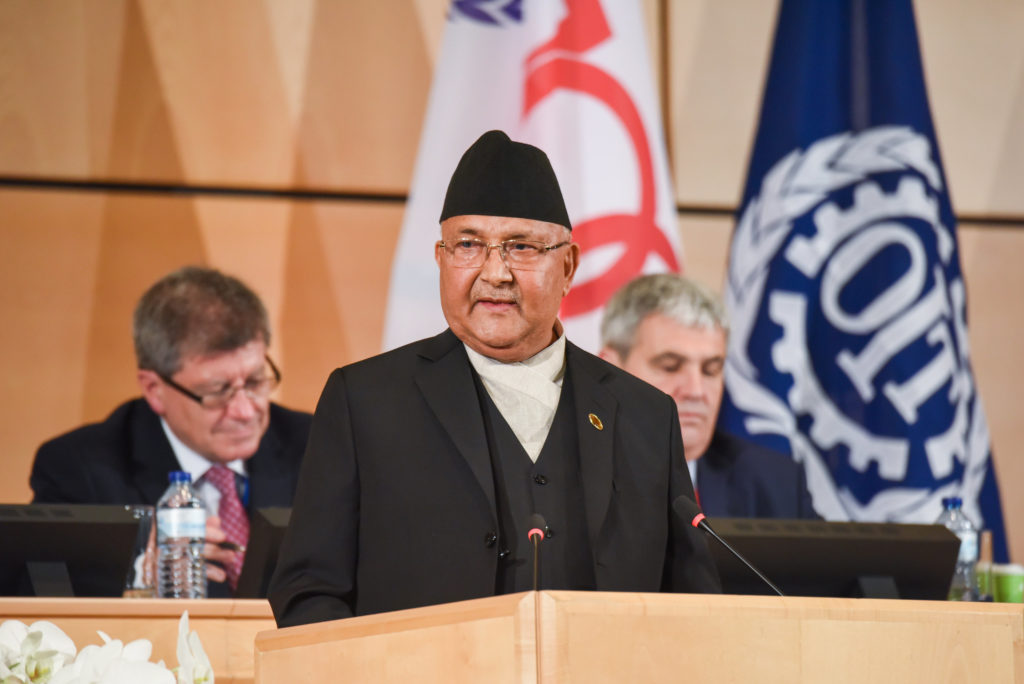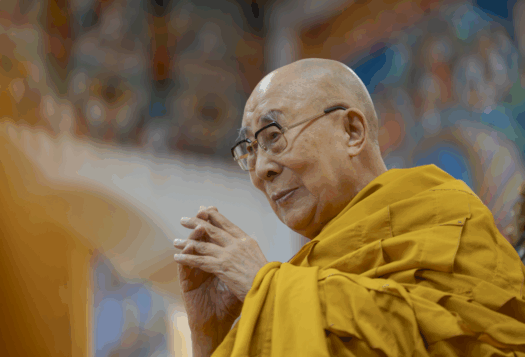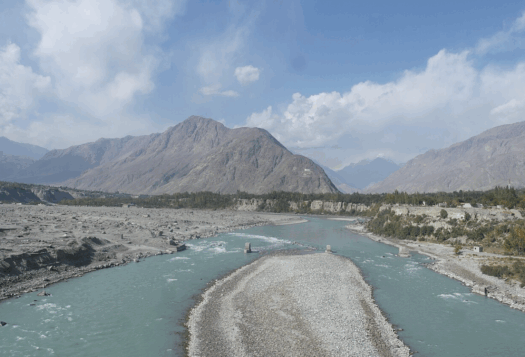
More than 87 percent of globally administered vaccines have gone to high and upper-middle-income countries, and low-income countries such as Nepal constitute just 0.2 percent of the 700 million doses. The distribution of vaccines has only exacerbated the vast existing inequalities in health and income across the globe. Now the second-worst affected country in South Asia, Nepal, has struggled with an overburdened healthcare system, political instability, and lack of timely international coverage and aid. As citizens of high- and upper-middle-income countries continue to get fully vaccinated, the end of the COVID-19 pandemic seems closer than ever. Unfortunately, the reality for middle- and low-income nations around the world is poles apart.
Domestic Turmoil
The onslaught of the pandemic has increased pressure on already weak domestic healthcare infrastructure and facilities, with Nepal having only 3.15 health care personnel for every 1,000 people. The majority of the health care personnel and facilities are concentrated in urban areas, and with the spread of coronavirus to remote regions, the country is scrambling to contain spread through a series of prohibitory orders, leading to an economic downturn. In addition, approximately a third of the population that lived below or near the poverty line before the pandemic has been disproportionately affected by the aforementioned prohibitory orders, having to move back to their villages with no daily wage or accessible health care to depend on.
In a classic example of disaster capitalism corrupt politicians and business houses chose to capitalize on the pandemic
Additionally, in a classic example of disaster capitalism, corrupt politicians and business houses chose to capitalize on the pandemic. With poor coordination amongst key stakeholders and scandals erupting in the procurement of everything from Personal Protective Equipment (PPE) kits to vaccines, it comes as no surprise that the situation in Nepal rapidly worsened. Plagued with political instability, the parliament has been dissolved twice in the past six months, once in December 2020 and again in May 2021.
In early March, during the beginning of the second wave in India, Nepal had a 1.19 percent positive test rate. Taking into account the shared open border with India and the weak health infrastructure, the Nepali government should have introduced and strengthened policies to prepare the country for a second wave. Instead, key government figures and bodies chose to focus on politics over the pandemic. People have taken to the streets to protest against the willful ignorance and lack of management displayed by the government. Domestic media extensively covered the extent and growing impact of the COVID-19 crisis, especially criticizing the misplaced focus paid by politicians to “power-games.” Even with the rapidly deteriorating situation, public backlash, and critical media coverage, the Nepalese President went forward to announce elections in November 2021 after the May dissolution of the parliament.
Nepal began its vaccination drive in late January 2021, with the help of AstraZeneca shots from India and COVAX, and was the first country to vaccinate refugees in the Asia Pacific. While the vaccination drive was initially promising, mismanagement and complacency have hurtled the country towards the worst COVID-19 wave it has experienced. In mid-May, Nepal has had over 8,000 daily new cases and 100 deaths every day in the past two weeks, even amidst a nationwide lockdown.
Inadequate International Coverage and Response
The COVID-19 crisis has also unveiled the dynamics of rooted inequalities at an international level. Nepal is struggling not only with giving equitable access to vaccines for its citizens but also with gaining equitable access to vaccines. High and upper-middle-income countries have begun dwelling on mask mandates, vaccinating children, and opening borders for travel. Fears of the rest of the world being forgotten have crept in. As the cries for help of the Nepali people went unheard, the Nepalese Prime Minister K.P. Oli Sharma requested the G7 for help with resources, emphasizing the need for solidarity. Unfortunately, the international media has continuously disregarded the nation’s plight, instead choosing to extensively focus on stories of the few COVID-19 cases amongst foreign climbers at the Mount Everest Base Camp.

While the international media extensively covered the recent and devastating COVID-19 wave in India, there was a distinct lack of reporting of the small Himalayan country. At its peak, on April 22, 2021, Nepal reported its effective reproduction rate of coronavirus to be 1.5 times that of India and continues to be significantly higher than that of its neighboring nation. Yet, the international community failed to recognize the dire situation in Nepal and did not send immediate help, accelerating its plunge into a more profound humanitarian crisis.
With little to no international aid and an overwhelmed healthcare system, handling and financing the fight against the COVID-19 crisis turned into a people’s movement. The country’s substantial migrant worker population, whose remittances constitute over a quarter of the GDP, sent 600 oxygen cylinders to the country. Nepalese globally have taken the initiative to start fundraisers and spread awareness on social media. Now, in the second half of May, there has been a wave of international aid flooding into the country with neighbors and international bodies sending oxygen equipment, ventilators, PPE, antigen test kits, surgical masks, and gloves. However, as Chief Consultant Physician, Dr. Bimal Sharma Chalise noted, “if international help had reached earlier, Nepal’s current catastrophic situation could have been mitigated.” Currently facing the second-highest number of cases in South Asia, measures such as extended prohibitory orders and belated international aid are Nepal’s second but only available resort after mass vaccinations.
Conclusion
With India facing an ongoing COVID-19 surge and prioritizing domestic use of the AstraZeneca vaccine possibly until October, Nepal has not yet received a million vaccines that it has already paid for. 1.3 million Nepalese citizens over the age of 65 are yet to receive their second dose of the vaccine, and the situation seems equally bleak for the rest of the population. Nepal had relied upon COVAX to inoculate its citizens but with extending delays up to next year, COVAX has recommended procuring vaccines from other sources. This delay could lead to severe consequences, with experts cautioning of a consequent third wave. Even after the late May Chinese VeroCell vaccination drive, only 700,000 out of 30 million Nepali citizens have been fully vaccinated. The detection of a third and potentially more dangerous variant, B.1.617.1, in Nepal serves as another wake-up call in the country’s fight against COVID-19.
The government must begin preparing a post-lockdown game plan to curb avoidable community transmission and further economic loss
The Nepalese government must immediately increase the accessibility of Polymerase Chain Reaction (PCR) tests in remote areas and introduce food and welfare services to vulnerable populations who cannot buy food in bulk or return to their villages. Furthermore, the government must begin preparing a post-lockdown game plan to curb avoidable community transmission and further economic loss. As aid flows into the country, maintaining transparency and ensuring equitable distribution is also of utmost importance.
Vaccinations are paramount to overcoming this health and humanitarian crisis. Numerous countries around the world are scrambling for the vaccine, while a select few are over-saturated with available doses. The United States has hoarded more than a million doses of the AstraZeneca vaccines while France disposed of 1.25 million doses of the AstraZeneca vaccines. Rendering vaccines inaccessible for lower-income countries while isolating them in high-income countries is arguably a human rights issue. With barely 2.33 percent of the Nepalese population fully vaccinated, averting this multifaceted crisis will not be possible without equitable access to vaccines and committed government action.
***
Image 1: UNICEF Nepal via Flickr


